#mughul empire
Explore tagged Tumblr posts
Text
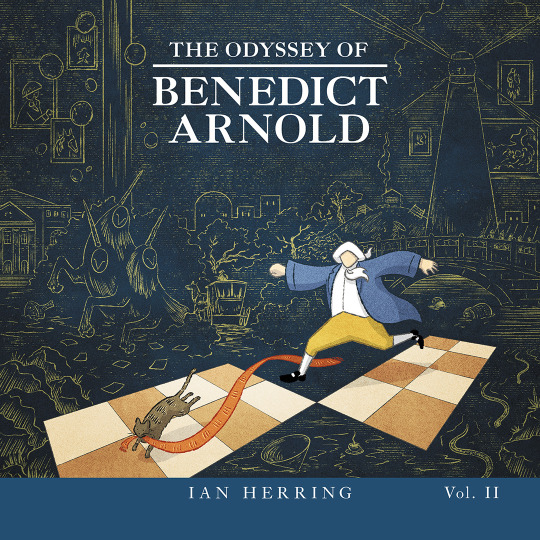

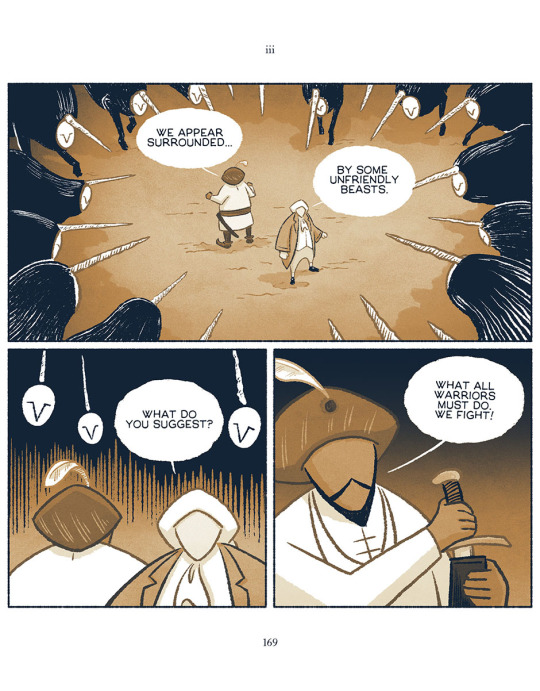

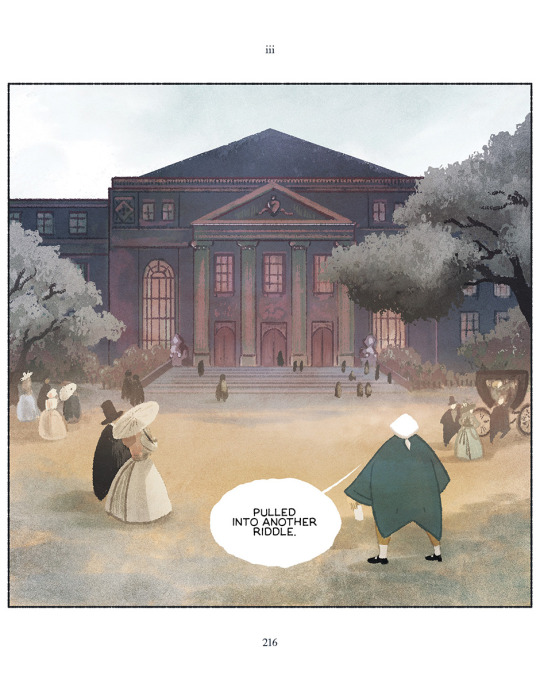

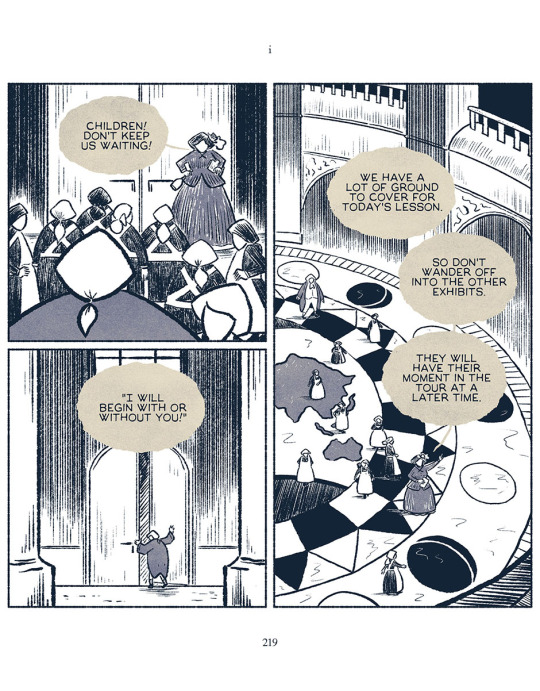
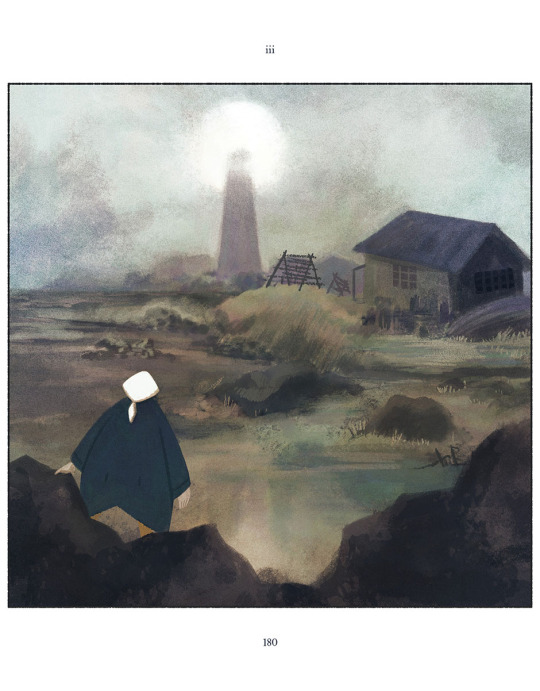
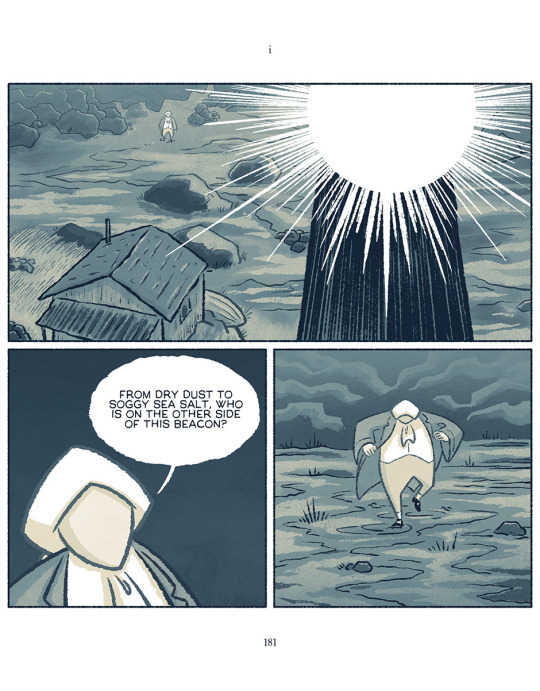

The Odyssey of Benedict Arnold: Vol. II
Available now through most online retailers, bookshop.org, Barnes & Noble, Amazon, and etc.
This is a 160 pg, 6.5 x 6.5" Print-On-Demand softcover edition continues Arnold's journey. This one contains Chapters V - VIII of the story, some extras, and a note!
Check out mongooseandson.com/store for more details and thank you for reading!
#books#comicbooks#biography#history#illustration#webcomics#ian herring#the odyssey of benedict arnold#benedict arnold#mir jafar#shajar al durr#wu sangui#yoshiko kawashima#ming dynasty#qing dynasty#mughul empire#british east india company#mamluk sultanate
3 notes
·
View notes
Text
Agra Fort, situated on the banks of the Yamuna River in the city of Agra, is a UNESCO World Heritage Site that has withstood the test of time for over four centuries. Commissioned by the great Mughal Emperor Akbar in 1565 and later expanded by his successors, including Shah Jahan, the fort encapsulates the grandeur and might of the Mughal Empire.
0 notes
Text
History of Taj Mahal

The Taj Mahal is a breathtaking white-marble mausoleum commissioned by Mughul emperor Shah Jahan for his beloved wife, Mumtaz Mahal. Located on the southern bank of the Yamuna River near Agra, India, the Taj Mahal took 22 years to build and finally reached completion in 1653.
This exquisite monument, considered one of the World's New Wonders, astounds visitors with its symmetry, structural beauty, intricate calligraphy, inlaid gemstones, and magnificent garden. More than just a memorial in the name of a spouse, the Taj Mahal was a declaration of lasting love from Shan Jahan to his departed soulmate.
The Love Story
It was in 1607 that Shah Jahan, grandson of Akbar the Great, first met his beloved. At the time, he was not yet the fifth emperor of the Mughal Empire. Sixteen-year-old Prince Khurram, as he was then called, flitted around the royal bazaar, flirting with the girls from high-ranking families that staffed the booths.
At one of these booths, Prince Khurram met Arjumand Banu Begum, the 15-year-old young woman whose father was soon to be the prime minister and whose aunt was married to Prince Khurram’s father. Although it was love at first sight, the two were not allowed to marry right away. Prince Khurram first had to marry Kandahari Begum. He later took a third wife as well.
On March 27, 1612, Prince Khurram and his beloved, to whom he gave the name Mumtaz Mahal (“chosen one of the palaces”), were married. Mumtaz Mahal was beautiful as well as smart and tender-hearted. The public was enamored with her, in no small part because she cared for the people. She diligently made lists of widows and orphans to ensure that they were given food and money. The couple had 14 children together but only seven lived past infancy. It was the birth of the 14th child that would kill Mumtaz Mahal.
If you want to Read more about Monument Click Here
0 notes
Photo

Incredible India 2015. At one corner of the Fatepur Sikri historic site in Uttar Pradesh is this tower, probably the Hiran Minar. I’ve had the good fortune to visit Fatepur Sikri twice, once in 1997 and again in 2015. Fatepur Sikri was once the capital and royal palaces of the Mughul Emperors, one of a string of royal palaces and forts of the empire stretching from the Agra area, up to Delhi.
#ahstitt.com#fatepur sikri#mughal empire#mughal palace#mughal architecture#hiran minar#agra#uttar pradesh#india
3 notes
·
View notes
Text
Razakars, Hyderabad and the Nizam's Bid for Independence
Escorts in karachi
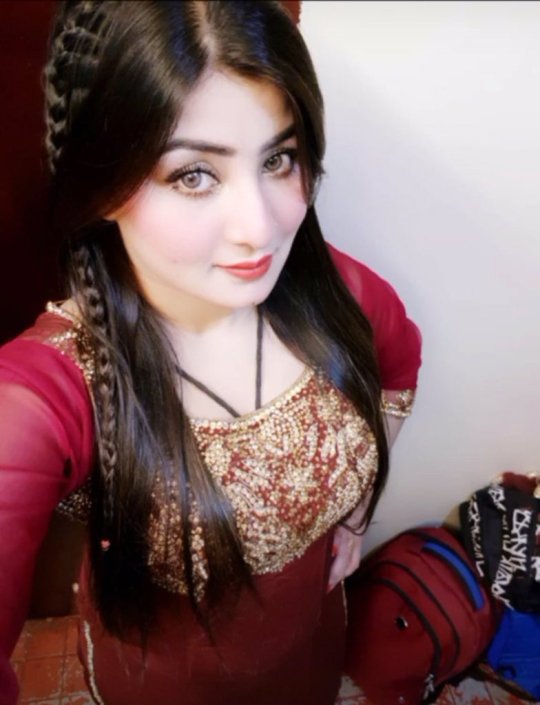
Before we can discuss the problem created by the Nizam of Hyderabad in 1947-48, we have to have a look at history. Hyderabad state was the biggest state in India, but it had a majority Hindu population( 93%), but a Muslim ruler. The state was part of the Mughul empire under Aurangzeb. The emperor had himself campaigned extensively in the Deccan and Hyderabad was an important part of the Mughal empire. Click this site Escorts in karachi
Aurangzeb died in 1707 and after his death, the empire was greatly weakened. This was the time when a Muslim governor appointed by the Mughuls Asif Jah, who had been granted the title of Nizam-ul-Malik rebelled.He broke free from Mughal rule in 1724 and declared independence. He was also the first Indian ruler who signed an agreement with the East India company for their protection under a subsidiary alliance as proposed by Lord Wellesley.This was the start of the Nizam dynasty. This dynasty was in power when British rule lapsed in 1947.
Dreams of Independence
In 1947 the Nizam was Osman Ali Khan. He ruled over a predominant Hindu state, but he was a rank communalist and furthered the Muslim cause. He did not wish to accede to the Indian union and negotiated a 'Stand still ' agreement with the new Indian government.
In addition, he began to beef up his armed forces, by recruiting Muslims from Pakistan, Bihar, and UP to form an irregular militia. This militia was called the Razakars and their commander was Sayed Kasim Razvi, an official of the Nizam's court. He was a lawyer by profession but was a close friend of the Prime Minister, Mir Laiq Ali. He had great influence in court and he fed the Nizam rosy dreams of independence. He was also confident that Hyderabad would survive an Indian attack as he raised the Razakar force to nearly 200,000. Kasim Razvi was the founder of the (MIM) Majlis-e-Ittehadul Muslimeen, which is still in existence.
Actions by the Nizam
Despite the standstill agreement, the Nizam approached England for dominion status within the Commonwealth. It was rejected. He also sent a delegation to the UN via Karachi to plead for an independent Hyderabad. His plea to US President Harry Truman had no effect. He continued arms imports from Pakistan and an Australian national Sydney Cotton secretly ran a gun-running service to arm the Razakars.
The Razakars who were all Muslims began to terrorize the Hindu population and abduction, rape and looting became common. The Razakars wanted to convert Hyderabad to a Muslim state. The Arya Samaj and the local Congress party opposed the Razakars but were ineffectual.
With the Nizam not receiving any support for an independent state, he decided to accede to Pakistan as envisaged by the terms of Transfer of Power between the British and the Indian leaders. The Razakars were emboldened with new weapons and let loose a reign of terror against the Hindus. Documented cases of young girls being carried away and forcibly raped and converted came to the fore. The Razakars also killed those Muslims who wanted integration with India like Shoebullah Khan.
1 note
·
View note
Text
The Woman Who Saved A Religion
The tenth and final Sikh guru, Gobind Singh, founded an egalitarian religious warrior community called the Khalsa in 1699. His father had been beheaded for refusing to convert to Islam, and Singh lived his life fighting the Muslim Mughul Empire. Four of his sons died before him, either fighting the Mughuls or executed by them. The Mughals were determined that this small new religion would submit, and convert. The Sikhs were literally fighting for survival.
In 1704, the Mughuls attacked the city of Anandpur. Under Gobind Singh, the Sikhs were initially victorious, so the Mughal emperor Aurangzeb sent a larger army, with two of his top generals. A full-out siege ensued. Water and food supplies were cut off, and multiple minor battles happened while the city slowly succumbed. At one point, about forty Sikh warriors deserted Gobind Singh, and returned home to their families.
According to legend a Sikh woman, Mai Bhago, heard of the desertions. She was not going to stand for it. Mai Bhago shamed the deserters to return, and fight, and she would join them. They all died in the fighting, and only Mai Bhago -- and Gobind Singh -- survived. In thanks for her heroism, Mai Bhago was made part of Singh's personal bodyguard.
387 notes
·
View notes
Text
also today in “Global Economies and Nationalism,” which has a g r e a t professor but a theme that makes me want to die, i had to define gunpowder empires on the spot
i came up with something like “blah blah blah black powder, blah the ottomans, the Chinese,* and the third one I can’t remember-”
“the mughuls”
“Right, the mughuls. And they’re all in Asia-ish-”
“Asia-ish! That sounds like something the post-structuralists would say!”
internet, he was delighted, and god help me i knew what he meant
#*debatable#have you accepted the gospel of andre gunter frank into your hear#heart#he's all about FIGHTING EUROCENTRISIM#the discourse would love him#except he has actual nuanced views#excuse me its gunder not gunter#we take our typos like MEN#purple vs grad school
3 notes
·
View notes
Text
Adventures in Rajasthan
My trip to Alwar, the oldest city in Rajasthan.....
The train journey was pleasant as I’d booked an ‘executive seat’ in the first class carriage which included a meal.
Alwar is not on the tourist map, being a very poor city. Apart from the museum and fort there’s really not much else to see. On arrival at Alwar station about 8pm, it was dark, and the tuk tuk driver who was supposed to take me to my Hotel, as well as overcharging me, dropped me off at the wrong place so that the hotel manager ended up having to come and collect me on his motor bike! The hotel, although very modern looking was up dirt track quite a way from the city centre and my room was very small and smelt awful, although at least they did upgrade me to a much better (but still freezing cold) room.
The following day I caught a tuk tuk to the museum then the fort which from which there were incredible views over the city. The tuk tuk driver waited faithfully for me at each of the venues including Dominoes Pizza, so I shared my pizza with him and tipped him generously!
I should have just stayed one night at the hotel as the following day, I had 7 hours to kill just wandering between the main park (where a sari clad woman tried to weedle money out of me and two teenage boys asked me and for a ‘selfie’) and Dominoes Pizza. It made me feel very uncomfortable being stared at the whole time - a relief to get back to Delhi.
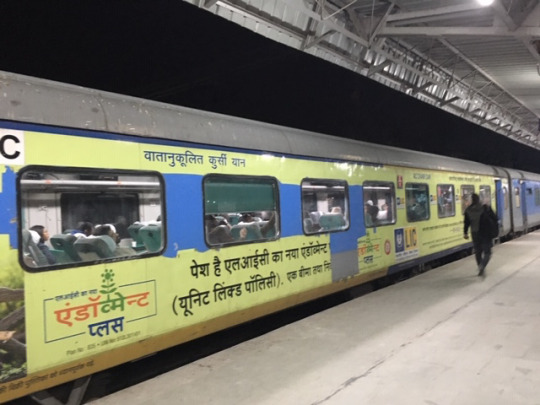

Alwar Museum


19th Century artwork, Bundi School. Krishna making an offering to an elephant, Gouache on paper.
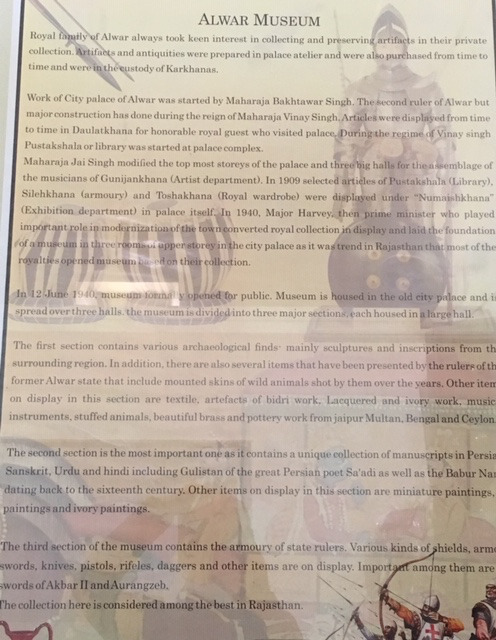
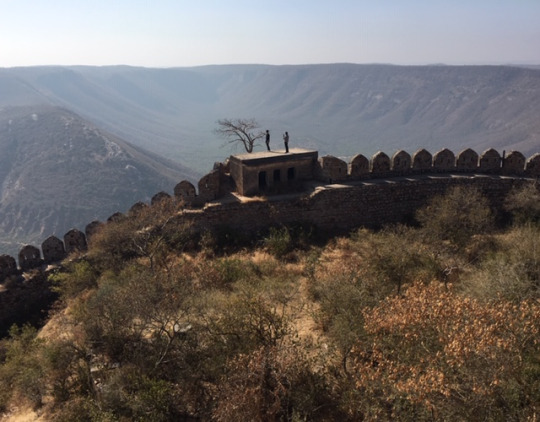
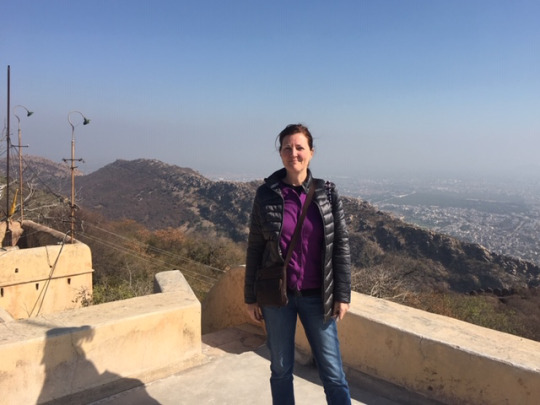
Alwar fort. Good to be up above the smog.

Mud huts just the other side of the wall from the Hotel - view from my window.
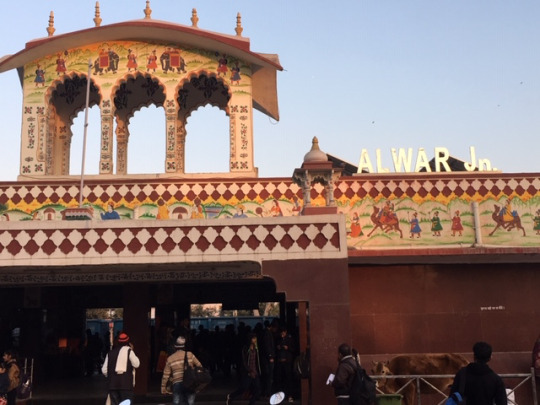
Alwar station
Golden Triangle Tour
Pros:
You get taken everywhere and don’t have to worry about finding your way from A to B. We had a great driver who was very friendly and drove carefully so we felt safe with him the whole time.
You get a tour guide to show you around each of the sites. We had a different one for each of the cities we were in and all were extremely good. They knew their history and brought it to life through their great story telling skills.
The hotels were warm, clean and comfortable and I was lucky enough to share with someone who didn’t snore! Breakfast was included in all the hotels and dinner was also included in the third hotel in Jaipur.
There were just four of us on the tour so it was a nice sized group. We all got on really well together, two were from Ethiopia and one was from the US although originally from India.
It was good to travel by road to realise that it’s only the cities that are really crowded. Going in winter is the best time to see these sites as the heat is bearable enabling one to spend much longer out in the open looking around.
Cons:
The drivers recieve commission for taking tourists to certain restaurants for lunch. As these cater solely for toursists they are naturally more expensive.
The tour guides also receive commission for taking toursists to certain shops and cafes. For example, we were taken to a carpet shop in Delhi where they import beautiful hand-made carpets from Kashmir. We were shown how they were made and offered tea, but then came the hard-sell which left us feeling awkward. Because of this visit which wasn’t in the tour brochure, we missed seeing Humayan’s tomb.
Everyone needs tipping which gets quite expensive: The driver, tour guides, hotel porters, waiters etc. The venues where there is no entrance fee levy certain charges (e.g. the Jasma Masjid Mosque charges 300 ruppees to take your mobile phone inside, a fee for the robe you borrow and you’re expected to pay a tip to the man who looks after your shoes and another tip to the man who shows you Mohammed’s beard hair, and so it goes on...).
It wasn’t made clear in the tour guide brochure that the entrance fees to the sites were not included in the overall price, so there was a lot of extra expense for which we’d not budgeted.
All the sites have many, many people trying to sell you souvenirs. It can get quite exhausting constanlty having to say ‘nahin’; the sellers are extremely persistent!
It’s hard to process the fact that places like the Taj Mahal are making huge amounts profits whilst there is such abject and widespread poverty within a stone’s throw of these sites. Why aren’t the profits going towards developing the cities’ infrastuctures?
So here’s a brief run down:
Day 1 New Delhi:
The present New Delhi was designed by Edwin Lutyens, and its main architect was Herbert Baker. In 1911 the capital of the British Raj was shifted from Kolkata to Delhi. Today it is the seat of power of the country and a major Gateway to the country for the tourists.
Ghandi’s memorial
Raj Ghat is located on the banks of the river Yamuna. Mahatma Gandhi’s Memorial is situated here, where he was cremated following his assassination in January 1948. The memorial lies in the midst of landscaped gardens and made of a simple square platform of black marble inscribed with his last words “Hey Ram”
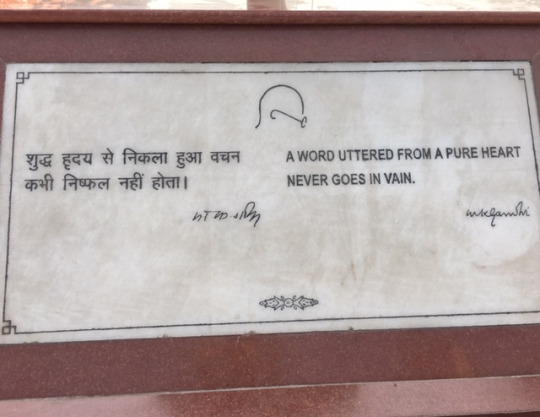
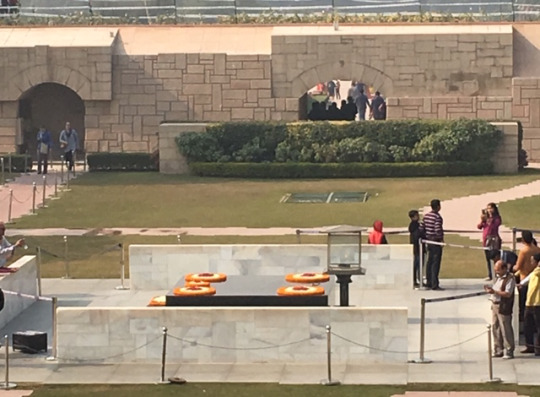
Jama Masjid (Friday Mosque)
Made of red sandstone and white marble, completed in 1656. It is India’s largest mosque where more than 20,000 people can kneel in prayer at one time.


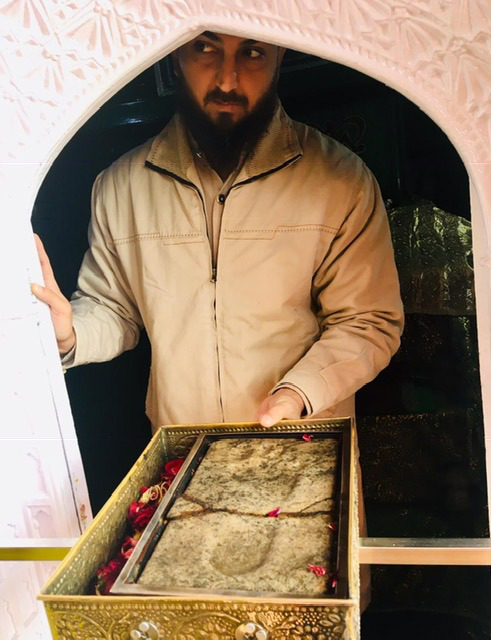
Mohammed’s footprint (supposedly).
The Qutab Minar
The landmark of Delhi, a huge tower of victory started in 1199 and completed in 1368. The Minar is 72.5m high with a diameter at the base 14.4m and 2.7m at the top.
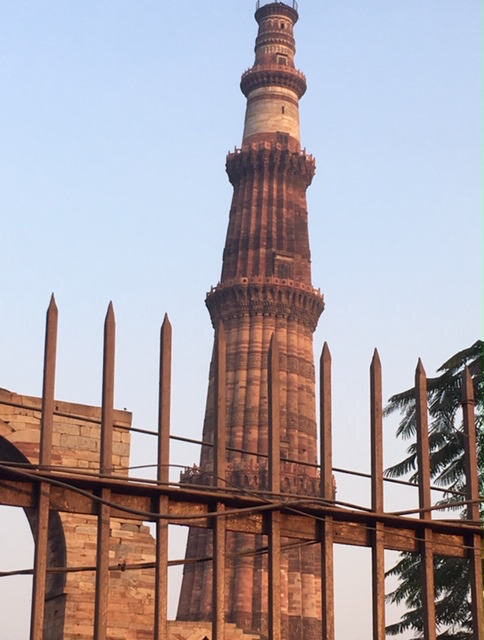
The India Gate (42m)
Commemorates the 70,000 Indian soldiers who died in the 1st world war. 13,516 names of British and Indian soldiers killed in the Afghan War of 1919 are engraved on the arch and foundations. Under the arch, glows the Amar Jawan Jyoti flame commemorating Indian armed forces’ losses in the Indo-Pakistan war of 1971.

Day 2 Agra A medieval city on the banks of the Yamuna River. It was founded by Sultan Sikandar Lodi in the year 1506. Agra achieved fame as the capital of the Mughal emperors from 1526 to 1658 and remains a major tourist destination because of its many splendid Mughal-era buildings. Most notably the Taj Mahal, Agra Fort and Fatehpur Sikri, all three of which are UNESCO World Heritage Sites.
World famous monument The Taj Mahal overlooking the River Yamuna, is a classic example of Mughul architecture, with the Taj itself built as a mausoleum at the northern end of an extensive formal walled garden designed in the charbagh style and structured on the Islamic theme of ‘paradise’. The whole site was built by Shah Jahan between ad 1632 and 1653 as the final resting place of his favourite wife Arjumand Bano Begum (also known as Mumtaz Mahal) who died in ad 1631 shortly after giving birth to their fourteenth child. Upon his death in ad 1666, Shah Jahan was buried alongside his wife in the Taj.
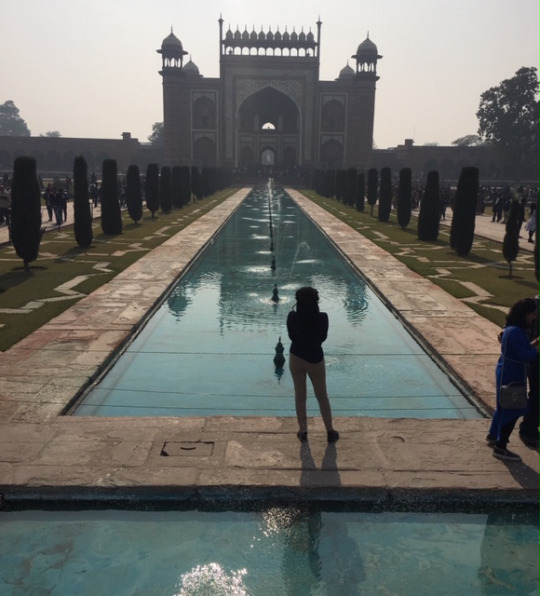

The Taj Mahal... true love or megolamania?

Agra Fort was originally a brick fort and the Chauhan Rajputs held it. It was mentioned for the first time in 1080 AD when a Ghaznavide force captured it. Sikandar Lodi (1487-1517) was the first Sultan of Delhi who shifted to Agra and lived in the fort. During the time Shah Jahan and his wife Mumtaz lived there, he he had beautiful marble rooms built for his wife and two daughters. His second eldest son, who wanted to be king, killed his brothers and put his father under house arrest, so Shah Jahan lived out his remaining years in a section of Agra fort from which he had a view of the Taj.

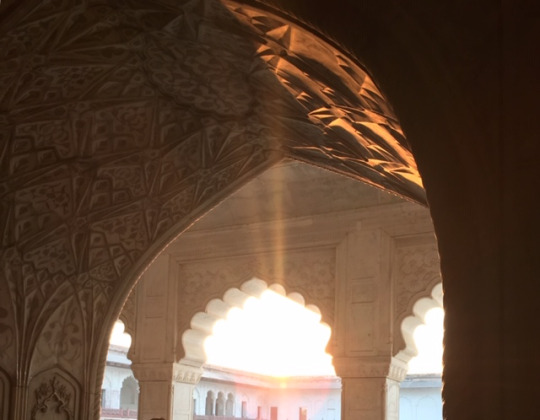
Beautiful marble rooms commissioned by Shah Jahan

The room overlooking the Taj, where Shah Jahan lived out his remaining years under house arrest.
Day 3 Fatehpur Sikri
A beautiful and deserted medieval city, built by Mughal Emperor Akbar the Great in the 16th century to serve as the capital of his vast empire. It was mysteriously abandoned after 15 years due to scarcity of water. Today, it is perfectly preserved as a ghost city built at the height of the empire’s splendour.

Day 4 Jaipur Founded in 1727 by Maharaja Sawai Jai Singh - II, the ruler of Amber, Jaipur was the first planned city in India.This town is also referred as Pink city for the colour of buildings in its wonderful old city. The city was painted pink to honour the visit of Prince Albert of England in 1882.
Amber City Fort is situated 130m high with the Aravalli hills around 11 km north of Jaipur. It was the ancient capital of the Kachhawaha Rajputs till 1037. Massive gateways, courts, stairways, pillared pavilions and palaces recall the glory and wealth of Amber’s association with the Mughals.
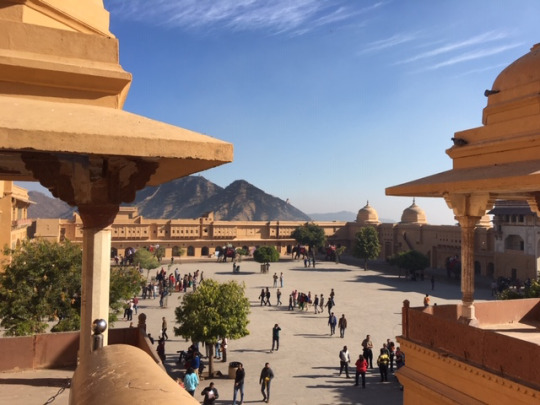

The City Palace still houses the erstwhile Royal familyJantar Mantar.
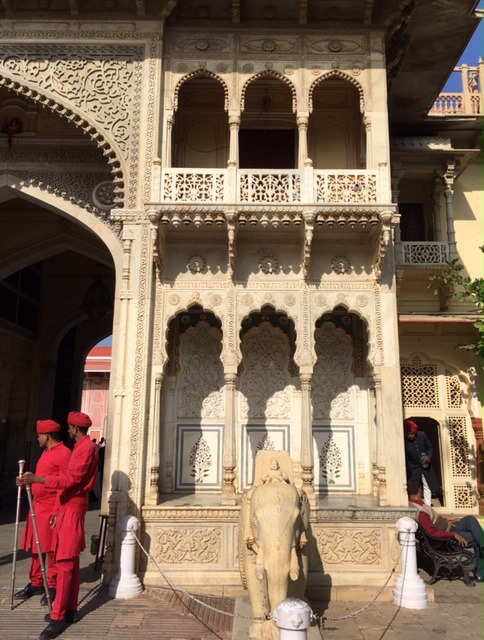

Hawa Mahal (Palace of Winds, with 1043 windows) built for the royal ladies to watch the activities on the market street below without being observed themselves.
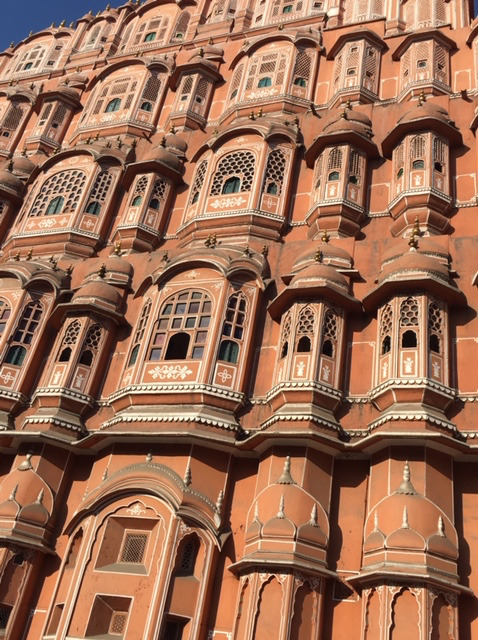
0 notes
Text
Prelims 709
The Mughul Emperor who conquered the Bijpur and Golkonda sultanates was: A. Akbar B. Aurangzeb C. Jahangir D. Shahjahan Explanation : Aurangzeb was a notable expansionist and during his reign, the Mughal Empire reached its greatest extent, ruling over nearly the entire Indian subcontinent. During his lifetime, victories in the south expanded the Mughal Empire, by conquering Bijapur and Golconda in…
View On WordPress
0 notes
Text
Pakistani Drama
New Post has been published on http://www.mediabol.net/pakistani-drama/
Pakistani Drama
Pakistani Drama:The title can be intriguing for many readers but it’s all about the theatre and drama industry in Pakistan. Historically speaking it is a deep rooted phenomenon .Many many centuries ago it existed in Mughal empire .At that time it was something adopted from Iranian tradition mixed with Indian aroma. Puritan age of Aurangzeb not only weakened the foundations of Mughal Empire but also went against centuries old cultural tradition of pluralistic social texture of India. It was the time when village theatre succeeded to establish itself throughout subcontinent in different regional languages. Urdu theatre started to appear with the arrival of the English rulers. Presentation of Inder Sabha written by Agha Hassan Amanat in the court of Wajid Ali Shah can be reffered as the start of modern Urdu theatre though in a very classical way. From mid 19th century to mid 20th century it got enormous popularity among the masses. Parsi Theatre is just one example in this regard. Definitely no one can ignore the name of Agha Hashar Kashmiri who touched new peaks under the banner of Parsi Theatre. After 1947 Pakistani drama has been going through different changes. In the beginning it was having a traditional flair. Gradually it started expanding to new horizons. Changing socio political situations played their role to influence Pakistani drama .Start of TV in 1962 ushered a new era.Artists from every class got the chance to exhibit their talent.
Pakistani dramatizations are known for being moderately short, and more often than not end after a keep running of short of what one year. This makes them shorter than cleanser musical dramas, yet any longer than serials.Most Pakistani dramas depend on Urdu novels, be that as it may, now and then the story line tends to digress from the novel’s plot with a specific end goal to be TV good. They have additionally been utilized more than once to transmit cultural messages, by joining them into story lines. Customarily, Pakistani show plots have advanced and the subjects they address enlarged. For example, ladies are presently observed having more non-customary parts. Additionally, already unthinkable topics, for example, separate, sexual mishandle, and bigotry are currently starting to show up. Be that as it may, kissing on screen is as yet thought to be inadmissible for Pakistani TV.
Pakistani dramas tend
Middle-class Dramas:
Middle class drama shows typically features a poor Boys and Girls who falls in love with a rich Boy or Girl.
Historical dramas:
which usually portrays the life of a famous Pakistani or set during the Mughul Empire.
Rural Romance:
which is usually set in rural Pakistan with some aspects of romance and typical village issues.
Teen drama :
A new genre which portrays the lives of college teenagers and the typical coming-of-age related issues.
Comedy drama:
The approach of radio show, silver screen, and specifically, TV made more prominent weight in showcasing to plainly characterize an item as either parody or dramatization. While in live performance center the distinction turned out to be less and less critical, in broad communications comic drama and dramatization were obviously isolated. Comedies were required to keep a reliably light tone and not challenge the watcher by presenting more genuine substance.
0 notes
Link
The legendary king of the Mughul Empire, Shah Jahan had built the great ‘Taj Mahal’ as a tribute to his favorite wife, Mumtaz. Today, this iconic site is considered as on https://goo.gl/lL7jKx
0 notes
Photo

Shah Jahan Portrait, 17th C >>> (x)
1 note
·
View note